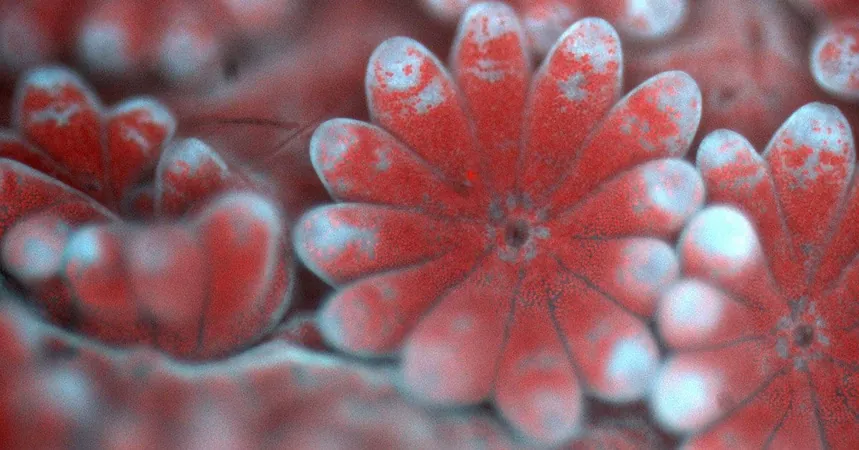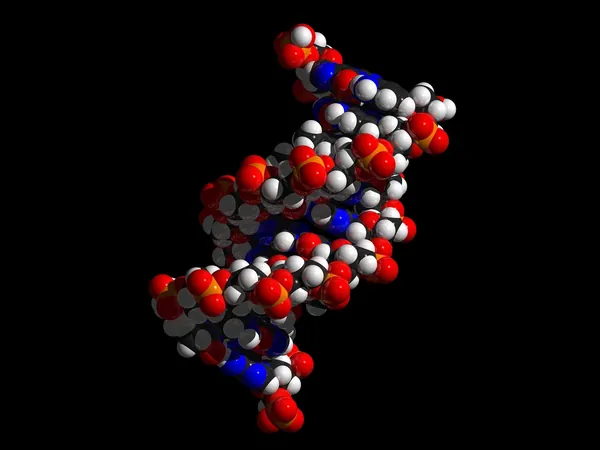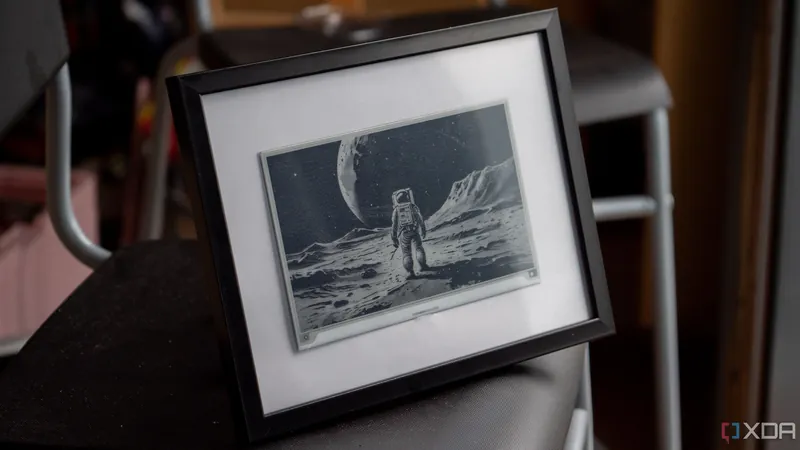
Revolutionary New Microscope Uncovers Coral's Hidden Secrets!
2025-07-03
Author: Jacques
A Breakthrough in Coral Research
The ocean's vibrant coral reefs are facing dire threats, but a groundbreaking new technology developed by scientists at UC San Diego’s Scripps Institution of Oceanography is shining a light on the hidden workings of these vital ecosystems.
Meet the BUMP: The Underwater Microscope Making Waves
The Benthic Underwater Microscope imaging PAM, or BUMP, is a state-of-the-art diver-operated microscope that utilizes pulse amplitude modulated (PAM) light technology. This innovative device offers an unprecedented look at the microscopic processes involved in coral photosynthesis.
Unlocking the Mysteries of Coral Bleaching
In a recently published study, researchers revealed that BUMP allows them to observe the health and physiology of coral reefs in their natural habitats. This advancement could finally answer lingering questions about the causes of coral bleaching—when corals lose their vital algae due to stress.
A Technological Marvel Supported by Passionate Researchers
Engineered in the Jaffe Lab for Underwater Imaging, this cutting-edge microscope was funded by the U.S. National Science Foundation. Lead researcher Or Ben-Zvi is thrilled about the potential of the BUMP: "This tool allows us to examine microalgae within coral tissue non-invasively in their natural environment, paving the way for critical discoveries in coral health assessment."
Coral's Unseen Allies: The Microalgae
Corals rely on tiny microalgae, measuring only 10 micrometers across, to perform photosynthesis. These algae provide essential nutrients, but when corals face stress from warming waters or pollution, they expel their algae, leading to the dangerous phenomenon known as coral bleaching.
A Window into Coral Life
The BUMP not only captures stunning color and fluorescence images but also measures photosynthesis at new levels of detail. By using PAM light techniques, researchers can visualize how efficiently microalgae are converting light into energy, revealing new insights into coral dynamics.
Diving Deep for Answers
The lightweight BUMP microscope is portable enough for divers to bring it right to the seafloor. Researchers have already taken it to coral hotspots around the world, from Hawaii to the Red Sea, and have made astonishing observations of coral behavior.
Innovative Non-Invasive Monitoring
Ben-Zvi likens their work to a medical examination; they gather essential information about coral health without disturbing the underwater ecosystem. Insights gained from this tool could provide early warning signs for coral before irreversible damage occurs due to climate change.
A Broader Impact for Marine Science
Beyond corals, the BUMP microscope has vast applications for studying other marine organisms that photosynthesize, such as tiny kelp. As researchers expand its use, the implications for understanding oceanic life are enormous—essential for combating ecological challenges.
The Future of Coral Conservation
This revolutionary microscope could change the future of coral conservation strategies, equipping scientists with the data needed to protect these critical ecosystems from climate change threats.
"With the information gathered, we hope to better safeguard coral populations and their vibrant underwater ecosystems for generations to come," Jaffe stated.









 Brasil (PT)
Brasil (PT)
 Canada (EN)
Canada (EN)
 Chile (ES)
Chile (ES)
 Česko (CS)
Česko (CS)
 대한민국 (KO)
대한민국 (KO)
 España (ES)
España (ES)
 France (FR)
France (FR)
 Hong Kong (EN)
Hong Kong (EN)
 Italia (IT)
Italia (IT)
 日本 (JA)
日本 (JA)
 Magyarország (HU)
Magyarország (HU)
 Norge (NO)
Norge (NO)
 Polska (PL)
Polska (PL)
 Schweiz (DE)
Schweiz (DE)
 Singapore (EN)
Singapore (EN)
 Sverige (SV)
Sverige (SV)
 Suomi (FI)
Suomi (FI)
 Türkiye (TR)
Türkiye (TR)
 الإمارات العربية المتحدة (AR)
الإمارات العربية المتحدة (AR)